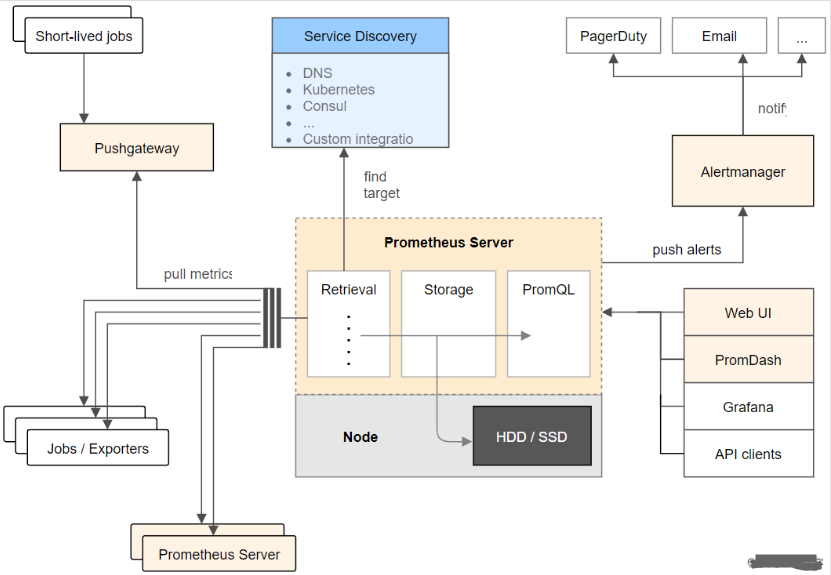

By identifying streams of data as key-value pairs, Prometheus aggregates and filters specified metrics while allowing for finely-grained querying to take place. Prometheus allows users to query, log, and analyze data, but not in the way traditional analysis works. Credits: Prometheus.ioįlashbacks of 8085 microprocessor, anyone? It is written in Go, with no external dependencies, as a static binary. Soundcloud developed Prometheus after migrating its operations over to Kubernetes. Here is a gallery of my current dashboard. Prometheus + Grafana is a common combination of tools to build up a monitoring system. Grafana template variables allow you to generate dynamic dashboards for real-time modifications.įor someone who wants to monitor their local servers, Grafana needs additional services attached, say Prometheus which I have integrated with my own home server. It's simple to set up and integrate a Grafana dashboard with different information sources. Furthermore, Grafana can easily integrate sensors, system and network metrics with InfluxDB and Telegraf to facilitate and provide much better information.
#GRAFANA NODE EXPORTER SERIES#
There is a long list of reasons for adopting the Grafana dashboards.Grafana dashboards are great instruments for obtaining insight into information from time series data. Enter this into the "Grafana.SeptemGrafana and Prometheus Node Exporter ) or simply note the dashboard number (7587). Select the dashboards icon from the left menu and then select "Manage:Įither copy the link (e.g. It's incredibly simple to add a dashboard to Grafana. You can see many other dasboards for grafana/prometheus here.

We're going to be doing an extra step here to manage node_exporter with systemd (so it starts on server boot etc.). Installing node_exporter can be done by downloading a recent version, untar'ing and executing. Node_exporter can be run from a docker container, but it's not recommended since it should be run directly on the host hardware to collect stats. Just make sure to choose Prometheus under localhost parameter and click Import. Find the JSON file that you saved in the previous step and upload it. See here for a list of collectors enabled by default (and what info they collect). Go back to your Grafana dashboard and click on Upload. Installing and configuring node_exporter (to monitor server stats)īy default node_exporter enables a large number of "collectors" (modules which collect certain information from the machine).
#GRAFANA NODE EXPORTER HOW TO#
See Apache reverse-proxy SSL to multiple server applications for more information on how to implement this. This is an external address for which I'm using a reverse proxy to secure (SSL) and route traffic to the internal 4000 port of Grafana. You'll note that I've defined my domain as. Replacement: bbexp:9115 # The blackbox exporter's real hostname:port. grafana-dashboards/prometheus/node-exporter-full.json Go to file Go to fileT Go to lineL Copy path Copy This commit does not belong to any branch on this repository, and may belong to a fork outside of the repository. # The job name is added as a label `job=` to any timeseries scraped from this config. Enter y, to enable the Prometheus, Node Exporter, and Grafana Docker containers for you. # A scrape configuration containing exactly one endpoint to scrape: The Smartnode metrics and dashboard are still experimental. # Load rules once and periodically evaluate them according to the global 'evaluation_interval'. #scrape_timeout: 10s # Set scrape timeout period. #evaluation_interval: 1m # Set interval to evaluate rules. #scrape_interval: 1m # Set the interval to scrape data.


 0 kommentar(er)
0 kommentar(er)
